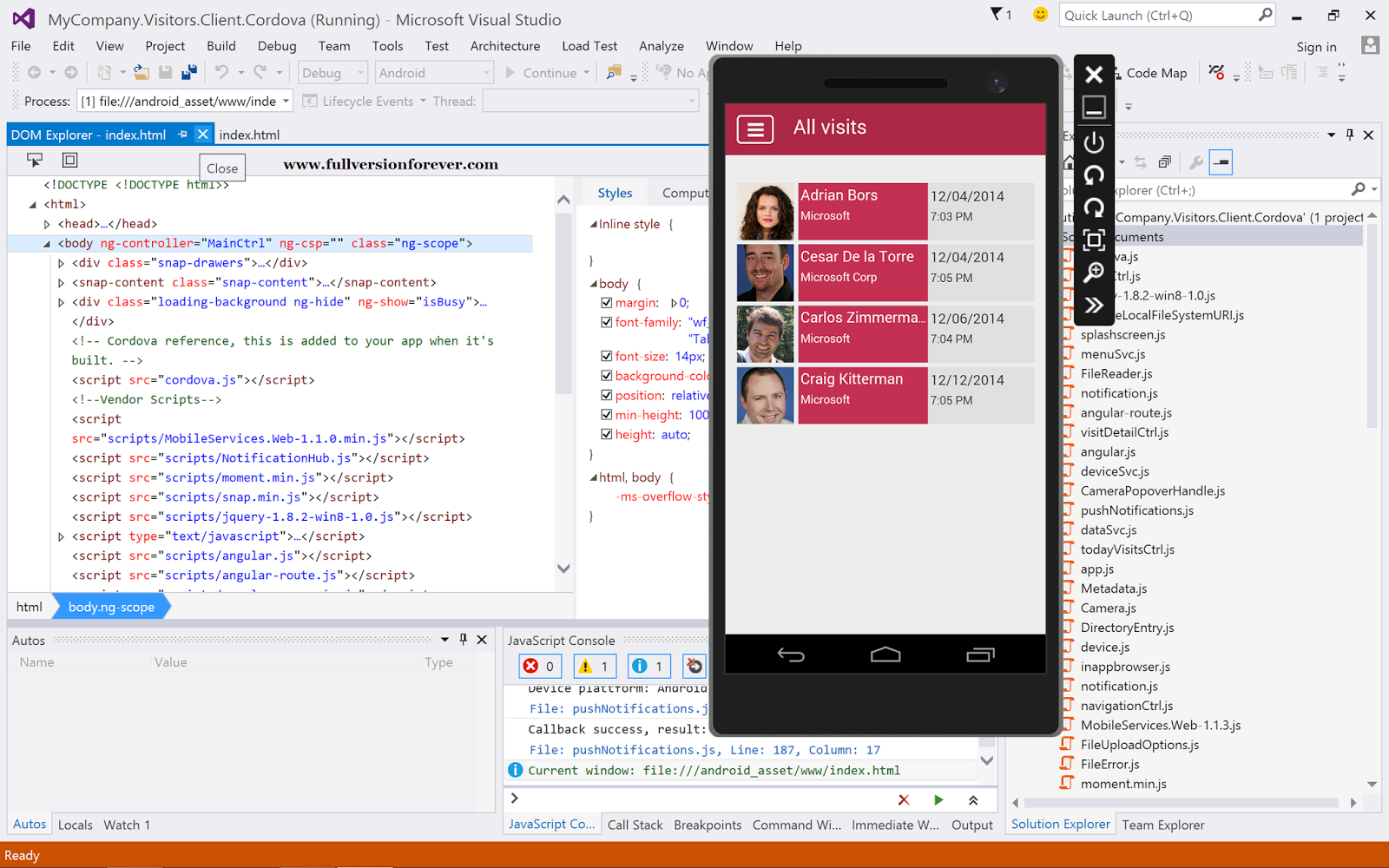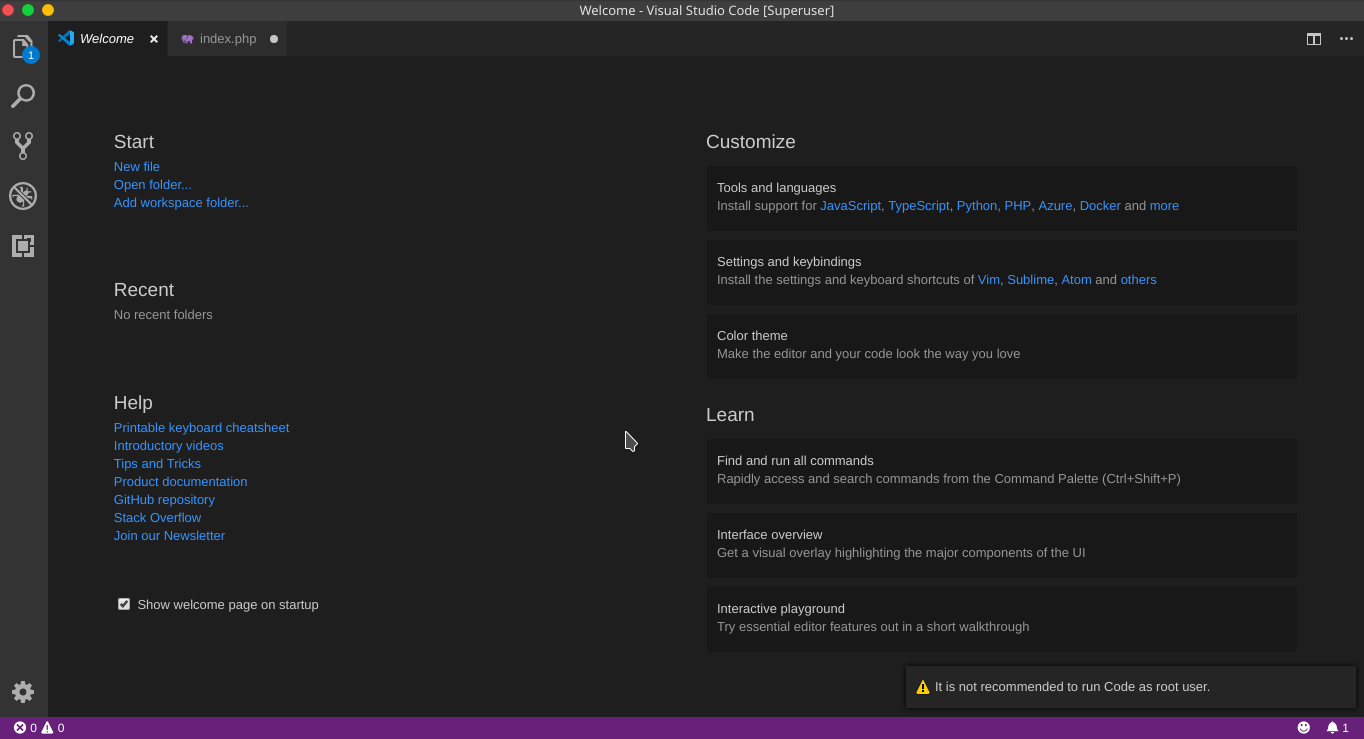
Such dependency relationships can be defined in the Project Dependencies dialog box.Ī project dependency is automatically created when you add a project-to-project reference from one project to another project. When a project consumes executable code generated by another project, the project that generates the code is referred to as a project dependency of the project that consumes the code.

When building a solution that contains multiple projects, it can be necessary to build certain projects first, to generate code used by other projects. The extension also gives you access to the REPL via a terminal window.Applies to: Visual Studio Visual Studio for Mac Visual Studio Code Note that these work at a project level so will upload all of the files in the working folder including subfolders.

You can also get more options from the menus such as deleting all the files on the board or downloading the board content. These provide buttons on the status bar at the bottom of the screen to upload and run the code. I used the Pico-Go extension for VSCode but the Pymakr extension should also work. So for this reason some kind of tool is needed to copy the files to the board. So should appear on your machine as a COM port. The Pico Pi defaults to being a USB Serial device. As I had already done some python development with VSCode I had the extensions for syntax highlighting and intellisense already installed but needed something that would allow me to upload and run the code. You can use any text editor or IDE for writing your code, the Pico Pi does seem to support UTF-8 and ASCII formats for the files. However, as I already had VSCode installed I didn't want to install yet another editor just for this project so I decided to use VSCode instead. The recommendation from the Raspberry Pi foundation is Thonny, you can also use the Mu editor. If you then un-plug and replug the Pico Pi it reverts to programming mode. This makes the device appear as a harddisk on your computer and you can copy over the UF2 image. Before you first plug in the Pi Pico, hold down the "BootSel" button then connect the USB. You need to download a suitable uf2 image and then copy it to the Pi Pico as a file.

Installing the firmware is covered on the the page. There are a few steps you need to get this setup.Īlthough it is designed for a younger audience, I found the " Getting Started with MicroPython" book to be a useful reference. I've recently been experimenting with MicroPython on the Pi Pico Pi Pico.


 0 kommentar(er)
0 kommentar(er)
